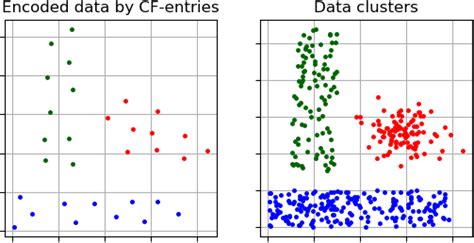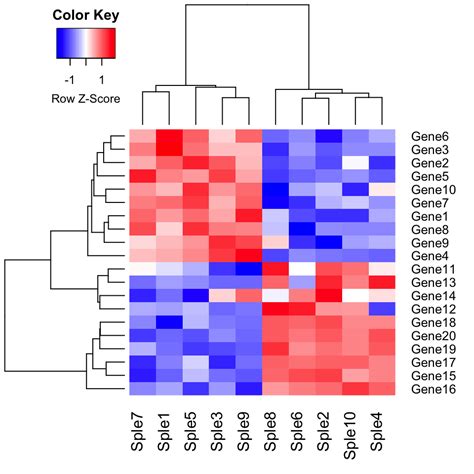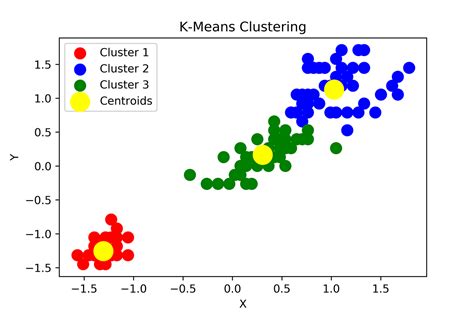Python 0 1 Encoder Clustering is a technique used in machine learning to convert categorical variables into numerical variables, making it possible to use them in clustering algorithms. Clustering is a type of unsupervised learning where the goal is to group similar data points into clusters. The 0-1 encoder, also known as one-hot encoding, is a popular method for encoding categorical variables. In this article, we will delve into the details of Python 0 1 Encoder Clustering, exploring its concepts, techniques, and applications.
Introduction to Clustering

Clustering is a fundamental concept in machine learning, where the goal is to identify patterns or structures in a dataset by grouping similar data points into clusters. Clustering algorithms can be broadly classified into two categories: hierarchical clustering and partition-based clustering. Hierarchical clustering builds a hierarchy of clusters by merging or splitting existing clusters, while partition-based clustering divides the data into a fixed number of clusters. The choice of clustering algorithm depends on the nature of the data and the desired outcome.
0-1 Encoder (One-Hot Encoding)
The 0-1 encoder, also known as one-hot encoding, is a technique used to convert categorical variables into numerical variables. In one-hot encoding, each category is represented by a binary vector, where all elements are 0 except for one element, which is 1. For example, if we have a categorical variable with three categories (A, B, and C), the one-hot encoding would be:
| Category | 0-1 Encoder |
|---|---|
| A | [1, 0, 0] |
| B | [0, 1, 0] |
| C | [0, 0, 1] |

This encoding scheme allows us to use categorical variables in clustering algorithms, which typically require numerical input.
Python Implementation of 0-1 Encoder Clustering

In Python, we can implement 0-1 encoder clustering using popular libraries such as Pandas, NumPy, and Scikit-learn. Here’s an example code snippet:
import pandas as pd
from sklearn.preprocessing import OneHotEncoder
from sklearn.cluster import KMeans
# Create a sample dataset
data = pd.DataFrame({
'Category': ['A', 'B', 'C', 'A', 'B', 'C'],
'Feature1': [1, 2, 3, 4, 5, 6],
'Feature2': [7, 8, 9, 10, 11, 12]
})
# One-hot encode the categorical variable
encoder = OneHotEncoder()
encoded_data = encoder.fit_transform(data[['Category']])
# Concatenate the encoded data with the numerical features
encoded_data = pd.concat([pd.DataFrame(encoded_data.toarray()), data[['Feature1', 'Feature2']]], axis=1)
# Perform K-means clustering
kmeans = KMeans(n_clusters=3)
kmeans.fit(encoded_data)
# Print the cluster labels
print(kmeans.labels_)
This code snippet demonstrates how to one-hot encode a categorical variable and use it in K-means clustering.
Key Points
- 0-1 encoder clustering is a technique used to convert categorical variables into numerical variables for clustering algorithms.
- One-hot encoding is a popular method for encoding categorical variables, where each category is represented by a binary vector.
- Python libraries such as Pandas, NumPy, and Scikit-learn provide efficient implementations of 0-1 encoder clustering.
- K-means clustering is a popular partition-based clustering algorithm that can be used with 0-1 encoded data.
- 0-1 encoder clustering has various applications in data analysis, machine learning, and data science.
Applications of 0-1 Encoder Clustering
0-1 encoder clustering has various applications in data analysis, machine learning, and data science. Some of the key applications include:
- Data Analysis: 0-1 encoder clustering can be used to identify patterns and structures in categorical data, such as customer segmentation, market analysis, and social network analysis.
- Machine Learning: 0-1 encoder clustering can be used as a preprocessing step for machine learning algorithms, such as classification, regression, and clustering.
- Recommendation Systems: 0-1 encoder clustering can be used to build recommendation systems that suggest products or services based on user preferences and behavior.
- Image and Video Analysis: 0-1 encoder clustering can be used to analyze image and video data, such as object detection, image segmentation, and video tracking.
Advantages and Limitations
0-1 encoder clustering has several advantages, including:
- Efficient encoding: One-hot encoding is a simple and efficient method for encoding categorical variables.
- Flexible clustering: 0-1 encoder clustering can be used with various clustering algorithms, such as K-means, hierarchical clustering, and DBSCAN.
- Scalability: 0-1 encoder clustering can be applied to large datasets with high-dimensional categorical variables.
However, 0-1 encoder clustering also has some limitations, including:
- Dimensionality increase: One-hot encoding can increase the dimensionality of the data, leading to the curse of dimensionality.
- Sparsity: One-hot encoded data can be sparse, leading to computational inefficiencies and reduced clustering performance.
What is the difference between 0-1 encoder and one-hot encoding?
+0-1 encoder and one-hot encoding are often used interchangeably, but technically, 0-1 encoder refers to the general concept of encoding categorical variables using binary vectors, while one-hot encoding is a specific method for achieving this.
Can 0-1 encoder clustering be used with continuous variables?
+Yes, 0-1 encoder clustering can be used with continuous variables, but it's essential to discretize the continuous variables first using techniques such as binning or quantization.
What are some common clustering algorithms used with 0-1 encoder clustering?
+Common clustering algorithms used with 0-1 encoder clustering include K-means, hierarchical clustering, DBSCAN, and Gaussian mixture models.
In conclusion, 0-1 encoder clustering is a powerful technique for converting categorical variables into numerical variables, making it possible to use them in clustering algorithms. By understanding the concepts, techniques, and applications of 0-1 encoder clustering, data analysts and machine learning practitioners can unlock new insights and patterns in their data, driving business value and informed decision-making.
